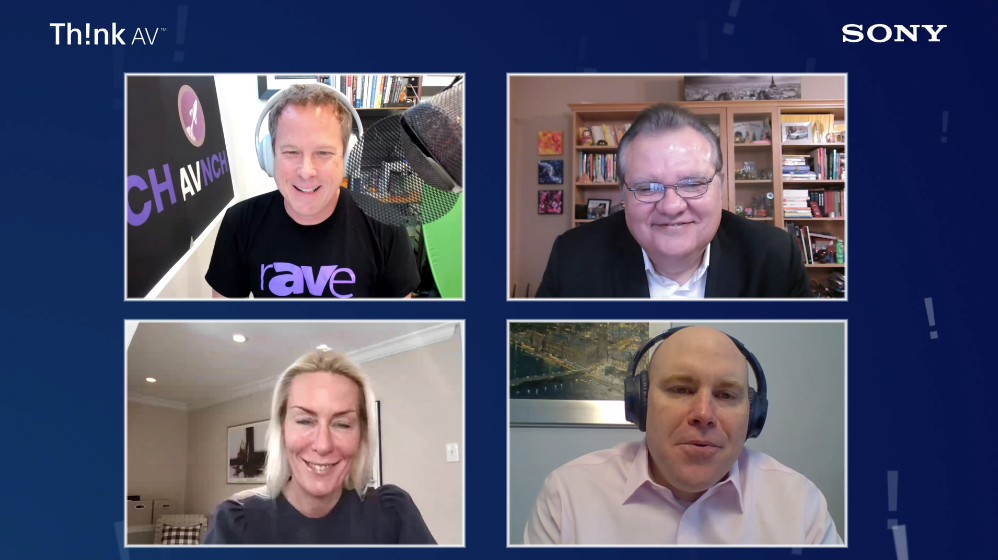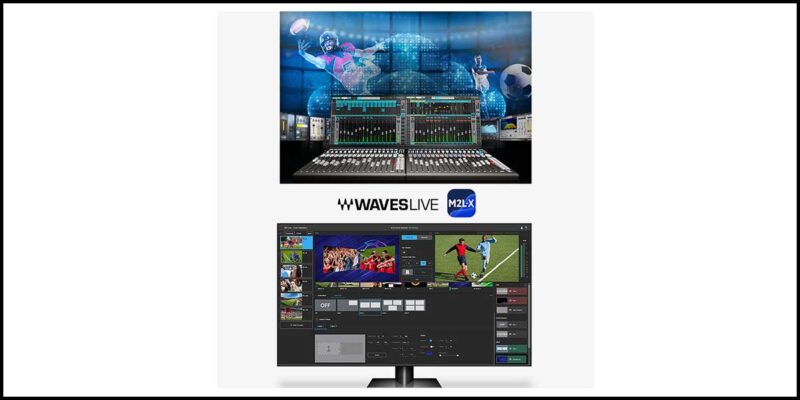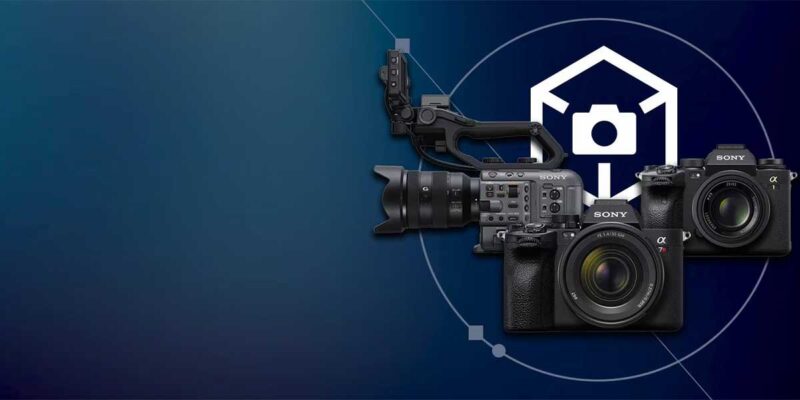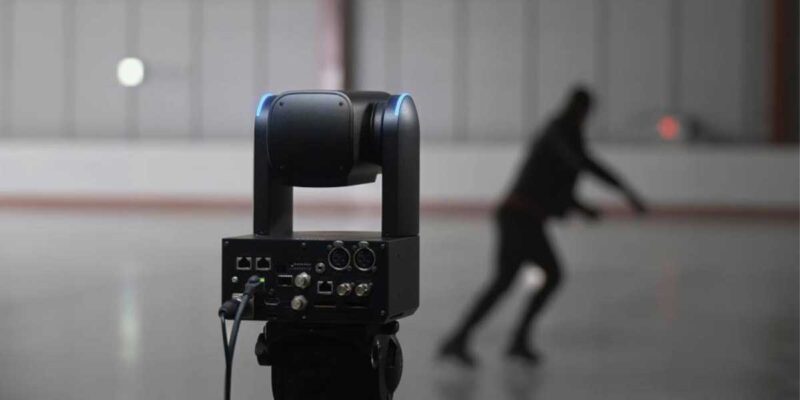Did You Miss Th!nk AV? Read Our Coverage on Part I, the Influencer Panel
THIS IS A PROMOTED POST

The first major AV, UCC and digital signage event of the year was a virtual one. But a virtual format didn’t prevent us from digging in and getting some answers on the uncertainty that lies ahead. Th!nk AV, a three-part thought-leadership event, came to us from Sony, a company who has chops in a little bit of everything: consumer electronics, professional electronics, gaming, communication solutions, products for IoT and digital signage (i.e., pretty much everything you touch on a daily basis). With what seemed like a super-solid way to kick off events in a new year, we attended Th!nk AV to highlight the key takeaways you may have missed — or just want a recap of.
What’s Th!nk AV, and What’s Up With the Exclamation Point?
That’s not a rogue exclamation point! It’s a catchy way to replace the “i” in “think” to mix it up. Unique name aside, Th!nk AV’s new symposium intrigued me; I imagine it did for others in the technology industry too. I love an opportunity to attend a brand-new industry event, if anything to see how the organizer manages it. Sony’s reputation precedes it, in a very good way, so seeing what the technology maker cooked up for this three-part series was important. Th!nk AV is giving the industry a space and place to connect with others, with a platform to discuss shared experiences.
Here’s how Sony lined up its three events, the first of which we attended Tuesday:
- Influencer Panel (Jan. 19, 2021, 11:30 a.m. EST). “No one would argue that our market is influenced by space, time and technology. And in 2020 all three of those were at play, simultaneously. This panel will bring together the ultimate thought leaders in AV, UCC and Digital Signage.” Read the recap below.
- Consultant Panel (Jan. 26, 2021, 1:00 p.m. EST). “Nearly 50% of all AV and UCC projects are touched, in some way, by design consultants. No other group inside our market has more influence on how spaces are used and how technology is seamlessly integrated into spaces than AV design consultants. This panel will feature some of the leading design voices in the AV industry.” Read the recap here.
- End-User Panel (Feb. 2, 2021, 1:00 p.m. EST). “All of us strive to make customers happy. Happiness is what results from exceeding expectations and delivering AV, UCC and Digital Signage installs that work. This panel will feature the voice of the end-user; that group we all strive to deliver happiness for and as each one of them represents a different discipline of the businesses we serve, this panel will feature some happy users of AV, UCC and Digital Signage.”
Influencer Panel: Recap & Takeaways
On Tuesday Sony’s first session, the Influencer Panel, took place. Before kickoff, with some catchy intro music/video on deck, we saw the panel would include Rich Ventura (VP, B2B at Sony), Anna Bager (president and CEO of OAAA, the Out of Home Advertising Association of America) and Jose Alvaro Avalos (VP, IoT group, and GM at Intel). The session would be moderated by Gary Kayye (founder of rAVe [PUBS]; director at THE rAVe Agency).

Here are a few notes I took from this session, which I pass onto you as key takeaways.
1. Compute, Bandwidth and Sensors, Oh My
Gary Kayye led by asking the panelists about IoT (the “internet of things”) and what connecting everything to the internet really means in the applications of AV and digital signage.
“Over the last 15 years as an industry, we’ve really focused on making devices connected,” Avalos said. That’s meant a reduction in price for products and sensors around bandwidth in 5G, analytics and AI. Solutions that would’ve cost millions of dollars fifteen years ago now cost only a few hundred dollars, Avalos pointed out.
"In the last two years we're really seeing that devices are not only becoming connected and intelligent, they're also becoming autonomous" — Jose Avalos, Vice President & General Manager at @intel.@SonyDisplays pic.twitter.com/GnQDIdN4f7
— rAVe [PUBS] (@rAVePubs) January 19, 2021
On this point, the Th!nk AV audience got involved. Attendees were polled on what trend they think will have the greatest impact on our industry over the next year. Choices included IoT and smart home tech; AR (augmented reality) and VR (virtual reality); AI (artificial intelligence); data analytics; and 5G. The audience’s top answer? AI.
On the poll result, Ventura said, it makes sense. AI lives across it all — audio, video. AI is so critical in laying out what ads will work in what environment, in knowing the viewers and how to deliver the right advertising to them on signage.
Bager agreed. Coming out of COVID-19, in particular, with people wary of germs, the OAAA is seeing perspectives change with regard to signage. We’re seeing a lot around QR Codes and voice control. And then, of course, there’s now the ability to build in more automation and programmatic methods of advertising. Advertisers can now use their own data to better target consumers where they are. It’s no longer just one-to-one messaging, Bager said. Intelligence is built into the system and the technologies themselves.
2. Data, Data and More Data
With IoT driving the content that gets put on digital signage displays, where are we with regard to data? Kayye asked next.
“Data is critical for you to set your plan and your strategies,” Ventura said. The data opportunity is huge, and digital signage today is data-driven. All your strategies — like effectiveness and impact — are measured by data. It can help you define your content, how long it should be there, etc. The next layer to that is really dynamic, Ventura added. We can do content changes based on the number of people in the space, for instance. What content do you then trigger?
So where are the opportunities for integrators in AV, UCC and digital signage, in part regarding the products they sell?
Things like menu boards and digital kiosks, all driven by data, can now change in real time based on dynamic pricing and inventory, the panelists pointed out. Fifteen years ago, menu boards were completely static. Now, as a result of data, that board can change to meet the evolving needs of the restaurant it’s in. Data can also prove whether your message and advertising plan is working. Thus, the opportunities are in integrating the two: data and digital technology. You shouldn’t be thinking about new technology without considering, in tandem, the data.
3. What Will “Stick?”
Kayye asked the panel to leave us with one tip or piece of advice.
Understand end customers better, Avalos urged. What are the business problems, and what are end customers and brands trying to solve? Only after that can you go in and figure out how to apply the technology to fix it.
Bager agreed with Avalos, adding that understanding what consumers want is a core of advertising. Advertising actually hasn’t done a great job overall of digging into that, she said, and we need to invest more time into talking with them. “Just because you can do something doesn’t mean that you should,” Bager said.
Echoing this, Ventura suggested that we should invest — no, actually invest — in partnerships. Kayye agreed and added that, if your customers don’t know this granular of a solution is available to them, they (literally) won’t buy it. Inform them of your capabilities.
Catch Us on Jan. 26
You can watch the full video from Tuesday’s Th!nk AV Influencer Panel here. Sony’s next in its three-part symposium will be the Consultant Panel on Jan. 26. I am excited to learn more about one particular person who sits within our projects: the AV design consultant (which I’ve already learned is a person that touches nearly 50% of all AV and UCC projects). We’ll be back next week with a recap on part two. But you’ll want to make sure to register to attend the live event as well. See you then!





